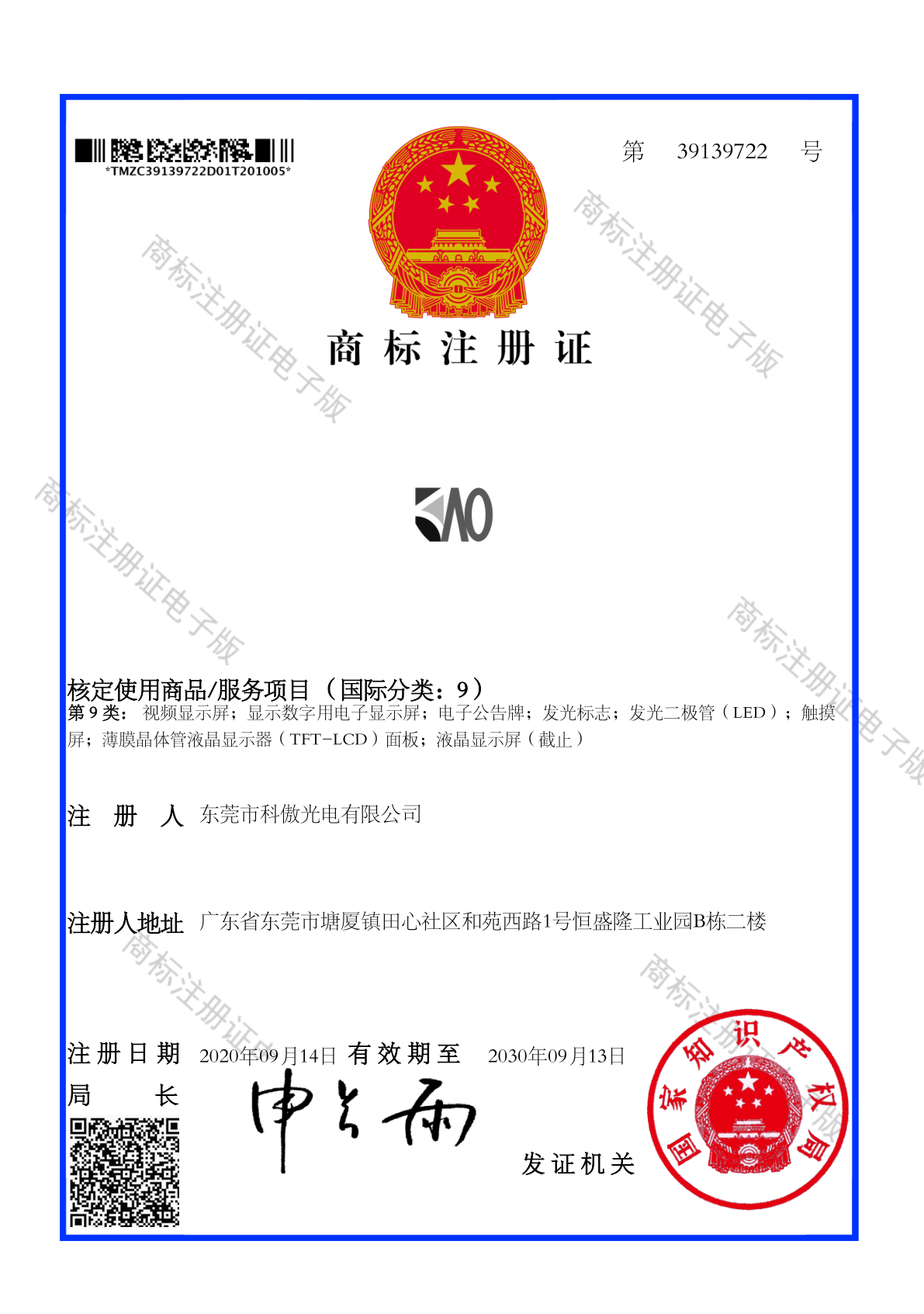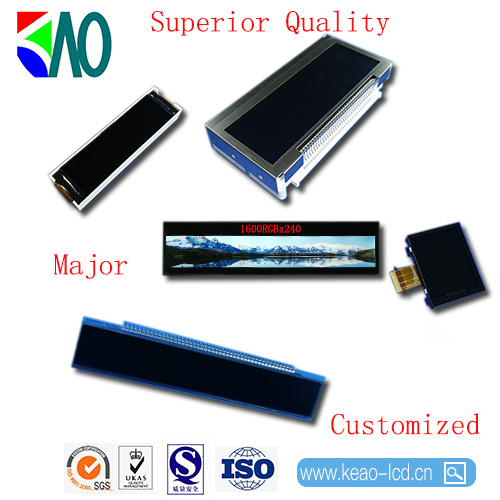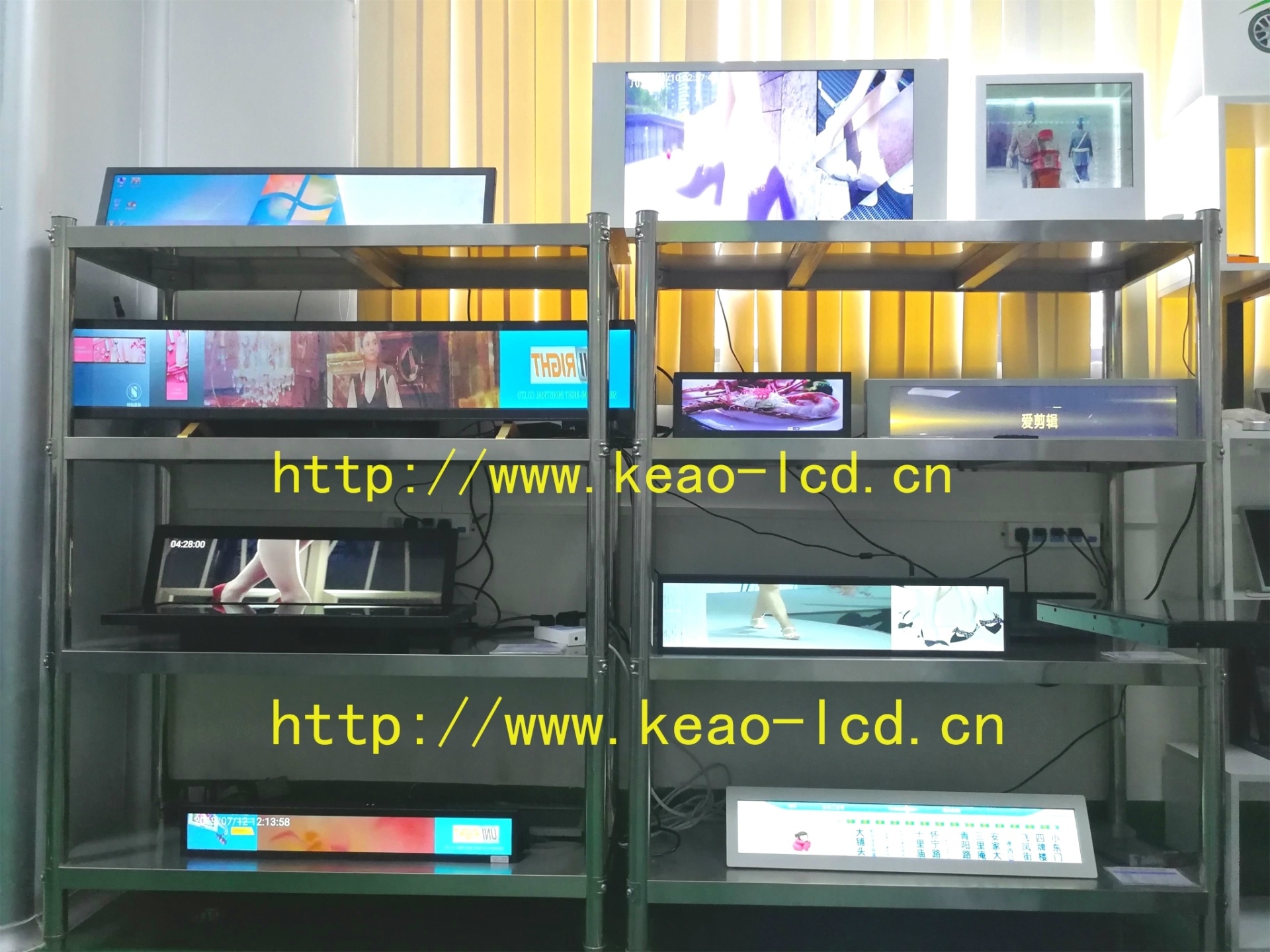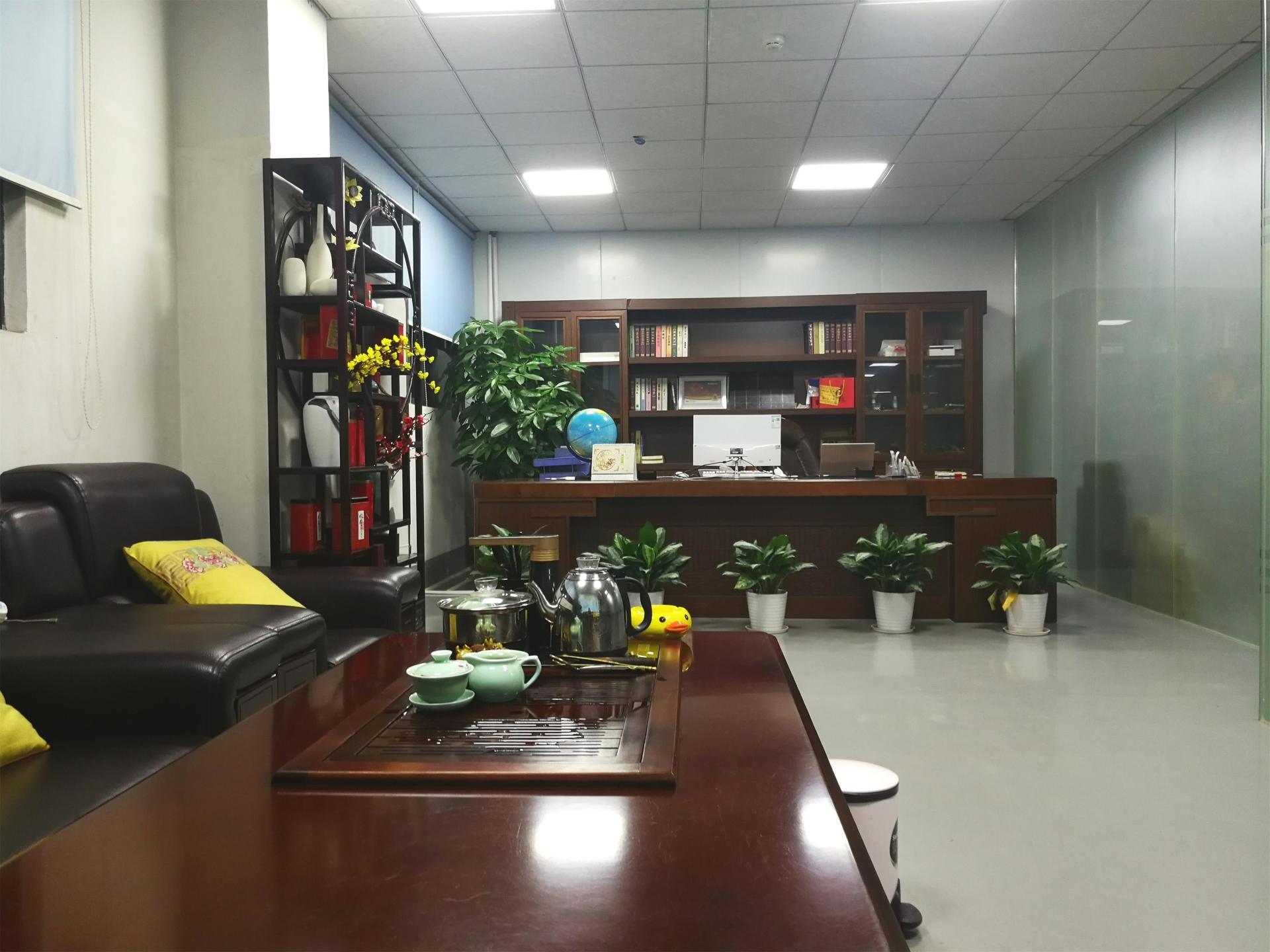The Role of LCD Display Modules in Enhancing Visual Communication
The Role of LCD Display Modules in Enhancing Visual Communication In today's fast-paced digital world, effective communication is essential for success across various sectors. **LCD display modules** have emerged as a vital component in enhancing visual communication. Their ability to convey information quickly and clearly makes them invaluable in numerous applications, from advertising to healt
2025-06-19
The Role of LCD Display Modules in Enhancing Visual Communication
In today's fast-paced digital world, effective communication is essential for success across various sectors. **LCD display modules** have emerged as a vital component in enhancing visual communication. Their ability to convey information quickly and clearly makes them invaluable in numerous applications, from advertising to healthcare. This article delves into the significance of LCD display modules, their benefits, technology, and practical applications.
Table of Contents
- Understanding LCD Display Modules
- The Importance of Visual Communication
- Advantages of LCD Display Modules
- The Technology Behind LCD Display Modules
- Applications of LCD Display Modules
- Choosing the Right LCD Display Module
- Future Trends in LCD Display Technology
- Conclusion
- FAQs
Understanding LCD Display Modules
**LCD (Liquid Crystal Display) modules** are flat-panel displays that utilize liquid crystals to produce images. These modules consist of multiple layers, including a liquid crystal layer sandwiched between two polarizers. When an electrical current is applied, the liquid crystals align to either block or allow light to pass, creating a visual output. This technology has advanced significantly over the years, allowing for higher resolutions, better color accuracy, and reduced power consumption.
The Components of LCD Display Modules
An LCD display module comprises several critical components:
- **Liquid Crystal Layer**: This is the heart of the display that controls light passage.
- **Backlight**: This provides the necessary illumination for the display, commonly utilizing LED technology.
- **Polarizers**: These layers filter light and help create the image.
- **Driving Circuitry**: This component interprets input signals and controls the liquid crystals accordingly.
The Importance of Visual Communication
Visual communication is the transmission of ideas and information through visual aids. It is crucial in various settings, from business presentations to educational environments. Effective visual communication can enhance understanding, retention, and engagement among audiences. In an increasingly digital landscape, where attention spans are dwindling, leveraging visual tools, such as LCD display modules, can significantly improve message delivery.
Enhancing Engagement through Visuals
Research shows that visuals can increase retention rates by up to 65%. When information is presented visually, it is easier for audiences to grasp complex concepts quickly. This capability is particularly beneficial in educational and corporate training settings, where LCD display modules can enhance presentations and learning experiences.
Advantages of LCD Display Modules
LCD display modules offer a multitude of advantages that make them an excellent choice for visual communication:
1. High Resolution and Clarity
LCD modules provide crisp images and sharp text, making them ideal for displaying detailed information. This high resolution is vital in environments where clarity is paramount, such as medical imaging or technical presentations.
2. Energy Efficiency
With the advancement of LED backlighting, modern LCD modules consume significantly less power than older display technologies. This energy efficiency translates to cost savings over time, making them an environmentally friendly choice.
3. Versatility in Applications
LCD display modules are highly versatile, finding applications in various industries, including retail, transportation, healthcare, and entertainment. Their adaptability allows businesses to utilize them for signage, information displays, and interactive kiosks.
4. Compact Design
The slim profile of LCD modules enables them to fit into spaces where traditional displays would be impractical. This compactness is particularly advantageous in retail environments where space is at a premium.
5. Wide Viewing Angles
Modern LCD technology offers improved viewing angles, ensuring that content can be seen clearly from various positions. This feature is especially beneficial in crowded spaces, such as airports or shopping malls.
The Technology Behind LCD Display Modules
Understanding the technology that drives LCD display modules is essential for appreciating their role in visual communication. This section explores the underlying principles and advancements that have shaped LCD technology over the years.
LCD Technology Basics
The functionality of LCD technology relies on the manipulation of light. When electrical signals are applied to the liquid crystals, they change orientation, allowing or blocking light from passing through the polarizers. This process is what creates the images we see on the screen.
Advancements in LCD Technology
Recent advancements in LCD technology have led to improved performance and features. Innovations such as In-Plane Switching (IPS) technology enhance color accuracy and viewing angles, while OLED (Organic Light Emitting Diodes) has introduced further options for high-quality displays.
Applications of LCD Display Modules
The versatility of LCD display modules allows for a wide range of applications across different industries.
1. Retail and Advertising
In retail environments, LCD display modules are used for digital signage, promotional displays, and interactive kiosks. Their ability to showcase vibrant visuals attracts customers and enhances brand visibility.
2. Healthcare
In medical settings, LCD modules are used for displaying patient information, imaging results, and educational materials. The clarity and reliability of these displays are critical for accurate diagnostics and patient care.
3. Transportation
LCD display modules play a vital role in transportation systems, providing real-time information to passengers. From train schedules to flight information, these displays enhance the travel experience by keeping passengers informed.
4. Education
In educational institutions, LCD modules facilitate interactive learning. Teachers can use these displays to present information dynamically, enhancing student engagement and understanding.
5. Automotive
Modern vehicles increasingly utilize LCD display modules for dashboard instrumentation and infotainment systems. These displays provide essential information to drivers in an easily readable format.
Choosing the Right LCD Display Module
Selecting the appropriate LCD display module for your application is crucial. Consider the following factors:
1. Size and Resolution
The size of the display should align with your intended use. Higher resolutions are necessary for detailed images, while lower resolutions may suffice for basic text displays.
2. Brightness and Viewing Angle
Consider the environment where the display will be used. Higher brightness levels are essential for outdoor applications, while a wider viewing angle enhances visibility in crowded spaces.
3. Connectivity Options
Ensure that the LCD display module has the necessary connectivity options for your application, such as HDMI, VGA, or USB interfaces.
Future Trends in LCD Display Technology
As technology continues to evolve, so too will LCD display modules. Some trends to watch include:
1. Enhanced Interactivity
Future LCD modules are expected to incorporate more interactive features, such as touch capabilities and gesture recognition, further enhancing user engagement.
2. Integration with IoT
The Internet of Things (IoT) will likely play a significant role in the future of LCD displays, allowing for smarter, connected systems that can respond to real-time data.
3. Improved Energy Efficiency
Continued advancements in energy-efficient technologies will further reduce power consumption, benefiting both the environment and operational costs.
Conclusion
LCD display modules are crucial in enhancing visual communication across various industries. Their high resolution, energy efficiency, and versatility make them a preferred choice for businesses looking to improve message delivery and engage audiences effectively. As technology continues to progress, the role of LCD display modules will only grow, paving the way for more innovative applications and interactive experiences.
FAQs
1. What are the main advantages of using LCD display modules?
LCD display modules offer high resolution, energy efficiency, versatility in applications, compact design, and wide viewing angles.
2. How do LCD display modules differ from LED displays?
LCD displays use liquid crystals and a backlight, while LED displays are composed of individual light-emitting diodes, resulting in different image quality, brightness, and colors.
3. In what industries are LCD display modules commonly used?
LCD display modules are widely used in retail, healthcare, transportation, education, and automotive industries.
4. How can I choose the right LCD display module for my needs?
Consider factors such as size, resolution, brightness, viewing angle, and connectivity options when selecting an LCD display module.
5. What future trends can we expect in LCD display technology?
Future trends may include enhanced interactivity, integration with IoT, and improved energy efficiency, leading to more innovative applications.
Related info











